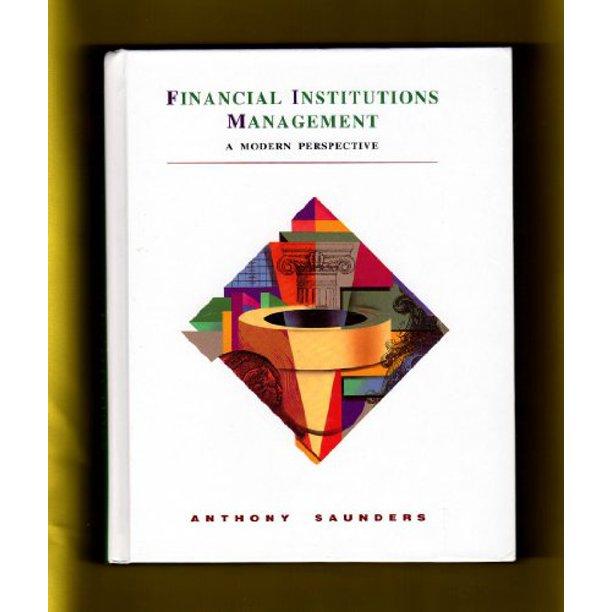
UM Corporation plans to produce boxes. It can go into production for an initial investment in equipment of $9m (m = million). The equipment will be depreciated straight-line over 3 years to a salvage value of zero. UM assumes that the equipment has no salvage value when allocating the depreciation expenses but later find out that the equipment can be sold for $2m at the end of year 4. UM also needs to spend 0.2m to uninstall and clear up the equipment in year 4. The firm's working capital policy is as follow: (i) give out 3 months credit to her clients and (ii) maintained inventory at a level of 20% of next year's forecast sales. The firm estimates production costs (expenses) equal to $2/unit and believes that the box can be sold for $5 each. The project will come to an end at the end of year 3, when the box becomes obsolete in style. The tax rate of the firm is 40% and the required rate of return on the project is 10%. Sales forecasts are [in million (m) of unit]: 1m units, 1.2m units and 1.5m units for years 1 to 3 respectively. [Note: Show all detail calculations and use two decimal points for percentage (or numeric) in computations and answers.] (a) (7%) What are the cash flows generated from operating (OCFs) for each year (yrs. O to 4)? Present the figures in a profit and loss table (same as your assignment). (b) (4%) What are the (i) total working capital, (ii) change in working capital and (iii) the cash flows generated from change in working capital for each year (years 0 to 4)? (c) (5%) (i) What are the cash flows for UM in year 4 generated from the sales of equipment and project end clearing expenses? (ii) Briefly explain why you need (or do not need) to pay tax for the $2m equipment sales at year 4. (d) (4%) What are the total cash flows generated from operating cash flows, change in working capital, initial investments and ending expenses for each year (years 0 to 4)? (e) (5%) (i) What is the project's NPV? (ii) Should the firm accept/reject the project? Why? UM Corporation plans to produce boxes. It can go into production for an initial investment in equipment of $9m (m = million). The equipment will be depreciated straight-line over 3 years to a salvage value of zero. UM assumes that the equipment has no salvage value when allocating the depreciation expenses but later find out that the equipment can be sold for $2m at the end of year 4. UM also needs to spend 0.2m to uninstall and clear up the equipment in year 4. The firm's working capital policy is as follow: (i) give out 3 months credit to her clients and (ii) maintained inventory at a level of 20% of next year's forecast sales. The firm estimates production costs (expenses) equal to $2/unit and believes that the box can be sold for $5 each. The project will come to an end at the end of year 3, when the box becomes obsolete in style. The tax rate of the firm is 40% and the required rate of return on the project is 10%. Sales forecasts are [in million (m) of unit]: 1m units, 1.2m units and 1.5m units for years 1 to 3 respectively. [Note: Show all detail calculations and use two decimal points for percentage (or numeric) in computations and answers.] (a) (7%) What are the cash flows generated from operating (OCFs) for each year (yrs. O to 4)? Present the figures in a profit and loss table (same as your assignment). (b) (4%) What are the (i) total working capital, (ii) change in working capital and (iii) the cash flows generated from change in working capital for each year (years 0 to 4)? (c) (5%) (i) What are the cash flows for UM in year 4 generated from the sales of equipment and project end clearing expenses? (ii) Briefly explain why you need (or do not need) to pay tax for the $2m equipment sales at year 4. (d) (4%) What are the total cash flows generated from operating cash flows, change in working capital, initial investments and ending expenses for each year (years 0 to 4)? (e) (5%) (i) What is the project's NPV? (ii) Should the firm accept/reject the project? Why







